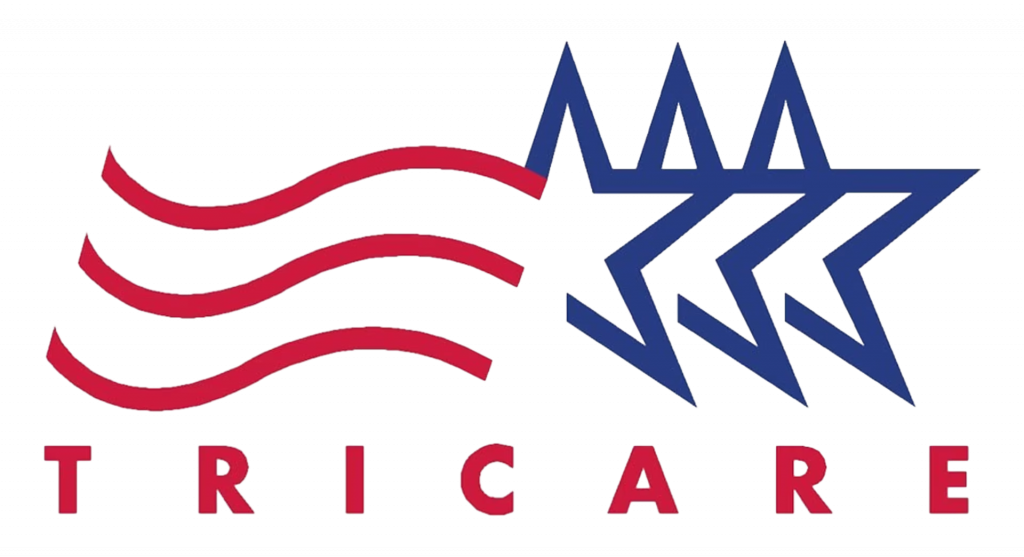
A panic attack is a sudden and intense period of fear or discomfort that typically peaks within a few minutes. During a panic attack, a person may experience a range of physical and psychological symptoms, including:
Panic attacks can be extremely distressing and can significantly impact a person’s quality of life. They can occur unexpectedly and may be triggered by a wide range of situations or stimuli, including physical activity, certain types of food, or even just being in a crowded place. As many as 11% of people in the U.S. experience a panic attack each year. Some people may experience panic attacks only occasionally, while others may have frequent panic attacks that interfere with their daily functioning — this is referred to as panic disorder.
The intensity of a panic attack can vary greatly. Some people with panic disorder may experience both panic attacks and limited symptom attacks, which have fewer symptoms. It is also common to have nocturnal panic attacks or seemingly unprovoked panic attacks.
Diagnosis of panic disorder typically involves a thorough evaluation by a mental health professional, including a medical history and physical examination to rule out any underlying medical conditions that may be causing the symptoms. A mental health professional may also use questionnaires and assessments to determine the presence and severity of panic disorder. Individuals may be diagnosed with panic disorder if they exhibit the following:
The exact cause of panic disorder is not fully understood, but it is thought to be related to a combination of genetic, environmental, and psychological factors. Some research suggests that people with a family history of anxiety disorders or who have experienced significant stressors or traumas may be at an increased risk of developing panic disorder. A number of biological factors may be at play as well. Research shows irregular norepinephrine activity in people who have panic attacks; individuals with panic disorder may also have a brain circuit that performs improperly.
There is some research suggesting a cognitive cause as well. People with panic disorder may mistakenly interpret their bodily sensations as life-threatening situations, leading to panic reactions. This misunderstanding of physical sensations, known as anxiety sensitivity, has been linked to an increased risk of developing panic disorder. Research suggests that individuals with higher levels of anxiety sensitivity are five times more likely to be diagnosed with panic disorder.
There may also be certain environmental triggers that can increase the risk of developing panic disorder, such as high levels of stress or prolonged exposure to a traumatic event. Individuals with PTSD have a much higher risk of developing panic disorder compared to the general population. Other potential risk factors for panic disorder include substance abuse, hormonal imbalances, and certain medical conditions, such as hypoglycemia (low blood sugar).
It is important to note that while these factors may increase the risk of developing panic disorder, they do not necessarily cause the condition. The development of panic disorder is likely the result of a complex interplay between multiple factors.
There are a wide range of treatment options for individuals with panic disorder. The conventional treatment for panic disorder is a combination of medication and therapy. Anti-anxiety drugs or antidepressants should relieve your symptoms so that you can focus on exploring and resolving your fears and developing coping strategies in therapy.
The most commonly used therapy to treat panic disorder is cognitive behavioral therapy, or CBT. CBT is a type of therapy that aims to change negative patterns of thinking and behavior by teaching people to identify and change distorted thoughts and to develop coping skills to manage their anxiety. It involves identifying and challenging negative thoughts, learning coping skills and relaxation techniques, and gradually exposing the person to their feared situations in a controlled way. Other therapies used to treat generalized anxiety disorder include:
ACT focuses on helping people to accept their thoughts and feelings without judgment, and to take action towards their values and goals.
This involves helping a person focus their attention on the present moment to reduce anxiety, and includes learning various mindfulness techniques, such as deep breathing and meditation.
Interpersonal therapy focuses on helping a person to improve their communication skills and relationships.
This therapy involves gradually exposing a person to their feared situations in a controlled way in order to help them overcome their fears.
Standard medication options for panic disorder include:
SSRIs work by increasing levels of the neurotransmitter serotonin in the brain, which can help to reduce anxiety. Examples of SSRIs include fluoxetine (Prozac), paroxetine (Paxil), and sertraline (Zoloft).
SNRIs work by increasing levels of both serotonin and norepinephrine in the brain, which can help to reduce anxiety. Some common SNRIs include venlafaxine (Effexor) and duloxetine (Cymbalta).
These medications work by calming the central nervous system, which can help to reduce anxiety. Examples of benzodiazepines include lorazepam (Ativan) and clonazepam (Klonopin).
Standard medication doesn’t always work the way it’s expected to, or you might experience intolerable side effects. At Bespoke Treatment, we offer a number of alternative treatment options for relieving and managing panic disorder:
TMS is a non-invasive brain stimulation treatment that uses magnetic pulses to stimulate neural activity. It was approved by the FDA for the treatment of depression in 2008, and there is a growing body of research that suggests TMS is effective in treating anxiety as well. During TMS treatment, some people may experience a knocking sensation or sensitivity on their scalp, as well as a mild headache that typically goes away within a few hours. At Bespoke Treatment, we offer Express TMS, a specialized form of TMS that can be completed in just a few minutes per session.
Ketamine is a medication that is being increasingly used as a treatment for depression and anxiety. It is known for its unique ability to promote neuroplasticity and cause lasting changes in brain chemistry, which can lead to transformative change and long-term symptom relief. In 2019, the esketamine nasal spray (called Spravato) became FDA-approved. At Bespoke Treatment, we offer a range of ketamine treatment methods, including infusions, Spravato, intramuscular shots, and rapid-dissolve tablets.
Neurofeedback, or biofeedback, is a non-invasive process that uses real-time feedback to help a person learn to self-regulate their brain activity. It involves measuring brain waves using sensors placed on the scalp, and then providing feedback to the person through a visual or auditory display. The person is then able to learn to control their brain activity by making changes to their thoughts and behaviors in response to the feedback. A number of studies have shown that neurofeedback is a promising treatment option for generalized anxiety disorder.
At Bespoke Treatment, we begin with a comprehensive evaluation to learn about your symptoms, lifestyle, and overall health. Then, after we diagnose your condition and understand your needs, we create a personalized treatment plan to relieve your symptoms and help you manage your negative thoughts. Our treatment plans can include a number of traditional therapies and group therapies, as well as treatment alternatives like TMS and ketamine therapy.
If anxiety is disrupting your quality of life, call Bespoke Treatment or request a consultation online today.









